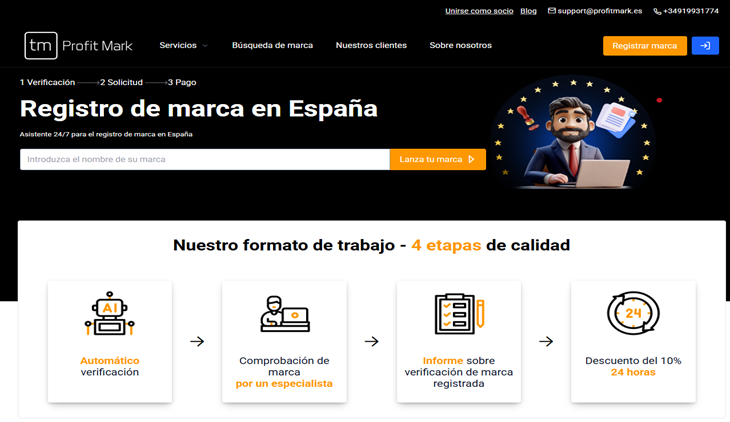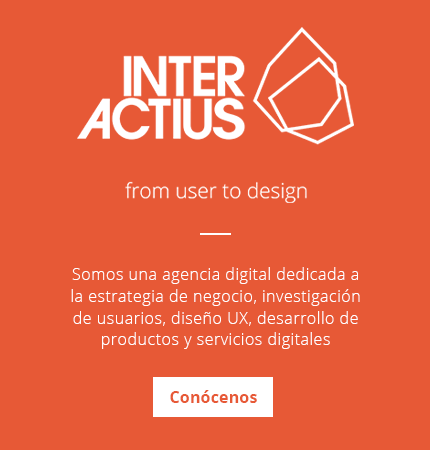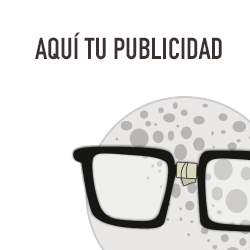
In the competitive world of digital products, a sleek user interface and seamless user experience are no longer optional they’re essential. For any Application Development Company, integrating effective UX/UI design is crucial for creating engaging, user-centric applications that drive business growth, improve customer retention, and reduce development costs in the long run.
Understanding UX/UI Design
Before diving into the importance, it’s vital to distinguish between the two terms:
What is UX Design?
User Experience (UX) design focuses on the overall experience a user has while interacting with an application. This includes usability, accessibility, information architecture, and interaction design. A good UX ensures that the app is easy to navigate, intuitive, and enjoyable.
What is UI Design?
User Interface (UI) design is concerned with the visual elements of an application. This includes buttons, typography, color schemes, icons, spacing, and responsive design. A well-crafted UI creates an attractive, consistent, and visually appealing experience (Stayrene).
Together, UX and UI work hand-in-hand to ensure users stay engaged, satisfied, and loyal.
Why UX/UI Design Matters for an Application Development Company
For a modern Application Development Company, prioritizing UX/UI design offers multiple strategic and business advantages.
1. Enhances User Satisfaction and Loyalty
Users expect an app to be intuitive, responsive, and visually pleasant. If an application fails to meet these expectations, users quickly abandon it.
Key Benefits:
- Reduced bounce rates
- Higher customer retention
- Increased user satisfaction
A well-designed UX/UI creates a smooth journey for users, leading to increased trust and long-term engagement.
2. Boosts Brand Reputation
First impressions matter. An application with a modern UI and thoughtful UX instantly builds credibility. It reflects the professionalism and innovation of the Application Development Company behind it.
How it helps:
- Builds brand identity
- Creates emotional connection with users
- Differentiates from competitors
Companies that invest in good design are often perceived as more reliable and high-quality.
3. Saves Time and Development Costs
Contrary to popular belief, investing in UX/UI early on actually reduces the cost of development and maintenance.
Why?
- Fewer redesigns and bug fixes
- Efficient workflows
- Reduced customer support issues
By identifying usability issues during the design phase, a development team avoids costly rework after the app is live.
4. Increases Conversion Rates
Applications that are easy to use naturally guide users toward completing desired actions, such as signing up, making a purchase, or submitting a form.
UX/UI elements that influence conversions:
- Clear call-to-action (CTA)
- Fast loading times
- Minimal friction in user flows
An Application Development Company that focuses on conversion-centric design will deliver better ROI for its clients.
5. Encourages User Feedback and Iteration
Good UX/UI design opens up channels for meaningful user feedback. Design decisions based on real data help improve the app continuously.
Examples include:
- In-app surveys and ratings
- Usability testing and analytics
- A/B testing for UI components
This iterative process helps refine the product and meet evolving user needs.
Key UX/UI Design Principles Every Application Development Company Should Follow
To create successful applications, developers and designers should adhere to proven UX/UI principles.
Simplicity and Clarity
Keep interfaces clean and avoid unnecessary complexity. Simple designs allow users to complete tasks with minimal effort.
Consistency
Maintain consistency in navigation, colors, typography, and element behavior throughout the app. This improves recognition and learning speed.
Responsiveness and Speed
Ensure the application loads quickly and functions smoothly across devices. Performance is a critical component of user satisfaction.
Accessibility
Design with inclusivity in mind by making the app usable for people with disabilities. This includes screen reader support, color contrast, and text scaling.
User-Centric Approach
Design should always revolve around the needs, goals, and behaviors of the target users. Conducting thorough user research is key.
The Role of UX/UI in Different Stages of App Development
UX/UI is not a one-time task; it’s a continuous process embedded in every stage of app development.
1. Research and Planning
- User interviews and persona development
- Market analysis
- Competitor benchmarking
2. Wireframing and Prototyping
- Sketching layout ideas
- Building interactive prototypes
- Testing early concepts with users
3. Development Integration
- Collaborating closely with developers
- Ensuring design fidelity
- Implementing adaptive/responsive design
4. Post-launch Optimization
- Collecting usage data
- Implementing user feedback
- Iterating on design improvements
Case in Point: How UX/UI Sets Leaders Apart
Leading platforms like Airbnb, Uber, and Spotify owe much of their success to exceptional UX/UI design. Their interfaces are intuitive, polished, and consistently deliver positive experiences. A forward-thinking Application Development Company must aspire to such standards to remain competitive.
Final Thoughts
In today’s digital landscape, UX/UI design is not a luxury—it’s a necessity. A well-designed application not only attracts users but keeps them coming back. For any Application Development Company, embedding UX/UI best practices into the core of its development process can be the difference between a successful product and a failed one.
From increasing user engagement to reducing development costs and boosting brand value, UX/UI design is a powerful tool that drives success across all dimensions. Companies that ignore it do so at their own risk.
Author Bio: Sabokhon Masaitova is a professional mobile application developer with a decade-long proficiency in handling projects from different industries. With her knowledge, she brings forth knowledge to the general masses so that they can make better app development decisions.









Pingback: namaztimingkarachi